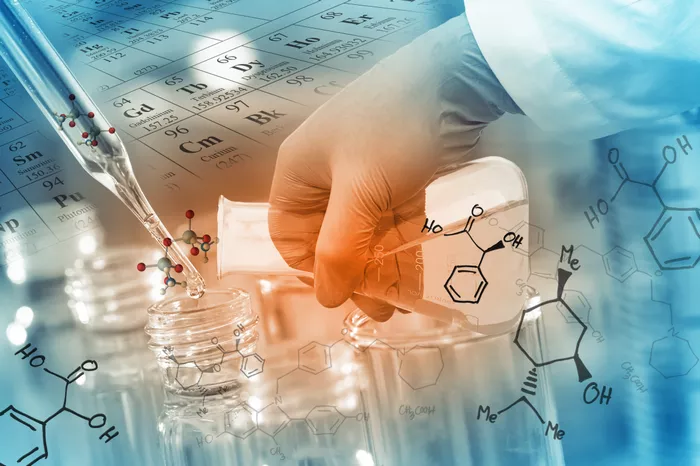Immediate Actions:
When blood sugar levels drop too low, it’s crucial to act swiftly to raise them back to a safe range. Here are immediate steps to take:
Glucose sources:
Fast-acting carbohydrates are your best bet for quickly elevating blood sugar levels. These carbohydrates are rapidly absorbed into the bloodstream, providing a rapid source of energy.
The “15-15 Rule”:
One effective strategy for managing hypoglycemia is the “15-15 Rule.” This rule entails consuming 15 grams of fast-acting carbohydrates and re-checking blood sugar after 15 minutes. If blood sugar remains low, repeat the process until levels stabilize.
Examples of fast-acting carbs:
Glucose tablets
Fruit juice (½ cup)
Honey (1 tablespoon)
Regular soda (not diet, ½ cup)
Candies like jellybeans or hard candies (approximately 4)
Glucose gels or gummies
Quantities:
Consume 15 grams of fast-acting carbohydrates initially. This could mean consuming one of the items listed above. Be cautious not to overdo it, as consuming too many carbohydrates can lead to a rebound spike in blood sugar followed by another drop.
Glucagon administration:
For severe hypoglycemia, especially if the individual is unconscious or unable to swallow, a glucagon injection may be necessary. Glucagon kits are available for individuals with diabetes and should be administered according to the instructions provided with the kit.
Additional Information:
Symptoms of hypoglycemia:
Recognizing the signs of hypoglycemia is crucial for prompt intervention. Symptoms may include dizziness, sweating, confusion, weakness, trembling, and hunger. If you experience any of these symptoms, check your blood sugar levels immediately.
Causes of hypoglycemia:
Hypoglycemia can occur due to various factors, including missed meals, excessive exercise, medication reactions (especially insulin or certain diabetes medications), or drinking alcohol without eating. Understanding the potential triggers can help individuals better manage their condition.
Prevention tips:
To prevent future hypoglycemic episodes, consider the following:
Maintain a regular meal schedule, including snacks if needed.
Choose a balanced diet rich in complex carbohydrates, lean proteins, and healthy fats.
Always carry fast-acting carbohydrates with you, such as glucose tablets or candies.
Monitor blood sugar levels regularly, especially before and after exercise or meals.
When to seek medical help:
Seek immediate medical attention if:
Blood sugar levels remain dangerously low despite consuming fast-acting carbohydrates.
You experience loss of consciousness, seizures, or extreme confusion.
Hypoglycemic episodes become frequent or unexplained.
Conclusion
By following these steps and staying vigilant about blood sugar levels, individuals can effectively manage hypoglycemia and minimize its impact on their daily lives. Remember, your health is paramount, so don’t hesitate to seek medical assistance if needed.
FAQs
How do you treat low blood sugar quickly?
To quickly treat low blood sugar, consume 15-20 grams of fast-acting carbohydrates, such as glucose tablets, fruit juice, or regular soda. Follow up with a protein and carbohydrate snack if your next meal is more than an hour away.
How long does it take for sugar to increase blood sugar?
Consuming fast-acting carbohydrates can raise blood sugar levels within 15 minutes. However, the time it takes for blood sugar to return to normal can vary depending on factors like individual metabolism, the severity of the hypoglycemia, and the amount of carbohydrates consumed.
What is the best food to eat when your blood sugar is low?
The best foods to eat when experiencing low blood sugar are those rich in fast-acting carbohydrates, such as glucose tablets, fruit juice, honey, or regular soda. These foods quickly raise blood sugar levels. Pairing them with a protein and carbohydrate snack can help stabilize blood sugar levels afterward.
Related topics:
- Lowering Diastolic Blood Pressure: A Comprehensive Guide
- Reducing Inflammation: A Comprehensive Guide to Better Health
- Detecting Blood Clots: Symptoms, Risks & Actions


